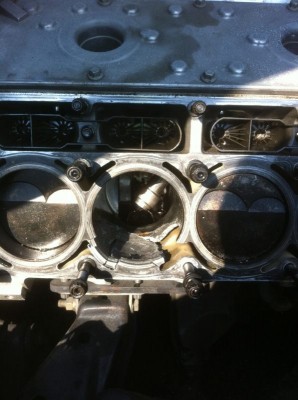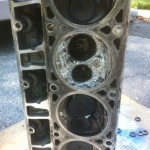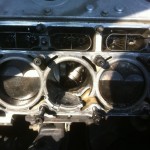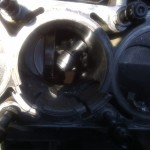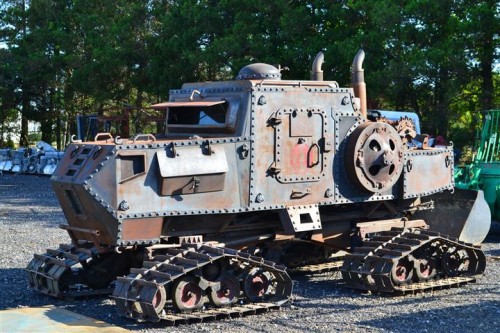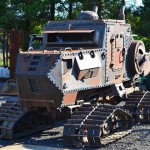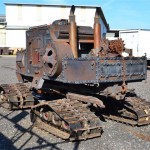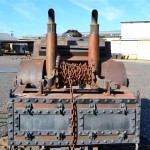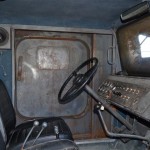We left off the last episode with a freshly fabricated trunk floor, and I had a new tail pan and taillight surround on order. A few days later, they arrived, and work commenced. If you are curious, I would imagine that at this point in the story, I must have had about 75 hours into the removal of the quarter, and the repair of the wheel house, filler neck surround, trunk drop off, and trunk floor. It is easy to see why car restorations add up fast. The labor factor is huge. Moving on…
I began this round with the test fitting of the tail pan and the left taillight surround. They were both perfect, except my trunk floor wasn’t. Everything needed some TLC with hammers to align it all. Once I was happy with the tail pan, I drilled a million holes in it and spot welded it all the way down just like when the car was new. I then coated it in ugly reddish primer because that is what was within reach.

The taillight surround was much more challenging to align than the tail pan was. I used a variety of clamps, and cleco’s. If you have never used cleco’s you are missing out. They are cheap little devices that hold metal together like a champ. Every tool box should have some.
Read More


